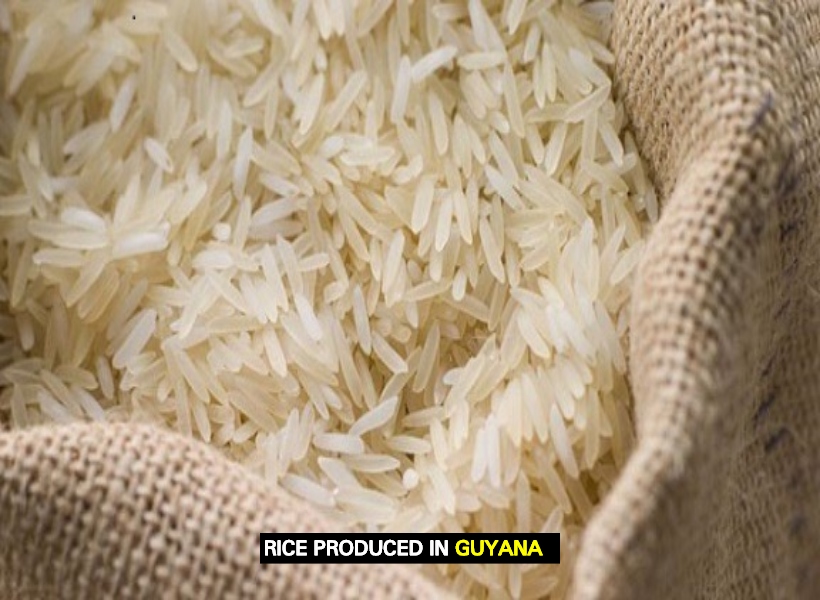By Staff Writer
Despite incessant rainfall and the unprecedented floods that followed in recent months, the rice industry still emerged as the lead performer for the agriculture sector at half-year. In fact, the latest statistics from the Ministry of Finance’s Half Year Report states that the rice industry grew by an estimated 7.8 percent with production recorded at 353,289 tonnes, which is marginally lower than the target set for the period.
The Ministry said the shortfall resulted from all sown acreage not being harvested because of poor land conditions following the record high rainfall which rendered many fields inaccessible. In fact, the Ministry said approximately 1,900 hectares were lost at harvesting.
During the first half as well, it was noted that the yield fell to 5.9 tonnes per hectare, below the target of 6.1 tonnes per hectare set for the period, but above the 5.8 yield at last half-year. However, due to bad land conditions as a result of the floods, the sowing target has been lowered to 74,264 hectares, down from an original target of 93,670 hectares, and the production target for the second crop has been revised down to 289,858 tonnes of rice, from an initial target of over 371,000 tonnes. As a result, the industry is now forecast to contract by 6.2 percent in 2021, reflecting the severe impact the flood is likely to have on this sector, especially the second crop.
While the rice sector was able to beat the proverbial odds, other subsectors did not. In fact, the report by the Ministry of Finance noted that at the end of the first half of the year, the Guyana Sugar Corporation (GUYSUCO) produced 29,650 tonnes of sugar.
This performance reflected the record high levels of rainfall, which resulted in waterlogged soils, particularly at the Albion Estate, and strike action that resulted in over 5,600 man-days being lost.
It is estimated that the industry declined by 22.4 percent when compared with the 2020 half-year performance. As a result of the floods, the Ministry said the industry has estimated 30 percent mortality of mature cane at Albion estate, 10 percent at Uitvlugt, and 5 percent at Blairmont, and, at this time, is set to lose almost 15,000 tonnes of sugar in the second crop. As such, the production estimate for the second crop has been revised downward. Furthermore, the industry is now projected to contract by 10.4 percent in 2021. Notably, this forecast is subject to further downside risk depending on the outcome of a comprehensive assessment of the situation at Albion which can only be undertaken when floodwaters recede.
With respect to fisheries, it was noted that at the end of the first half of the year, the fishing industry contracted by an estimated 6.6 percent when compared with the same period in 2020. Over the review period, the Ministry said the production of whitebelly shrimp and finfish fell significantly, by 75.5 percent and 26.3 percent, respectively. It said these contractions resulted from lower catch rates for finfish and lower whitebelly shrimp stock, the latter of which was affected by a change in salinity of coastal waters. Based on the industry’s half-year performance, it is now expected to contract by 0.5 percent in 2021.
Also recording a decline was the other crops subsector which is estimated to have declined by 7.3 percent in the first half of the year, driven mainly by declines in the production of vegetables and fruits as a result of flooding in the second quarter. Although there were reported increases in the cultivation of crops such as eddo, cassava, lemon, celery, and eschalot, the Ministry said significant reduction in the production of crops such as papaw, pumpkin, plantain, boulanger, bora, and ochro in the second quarter led to the overall decline in the subsector. Given the subsector’s mid-year performance, a contraction of 4.9 percent is now forecast for 2021.













